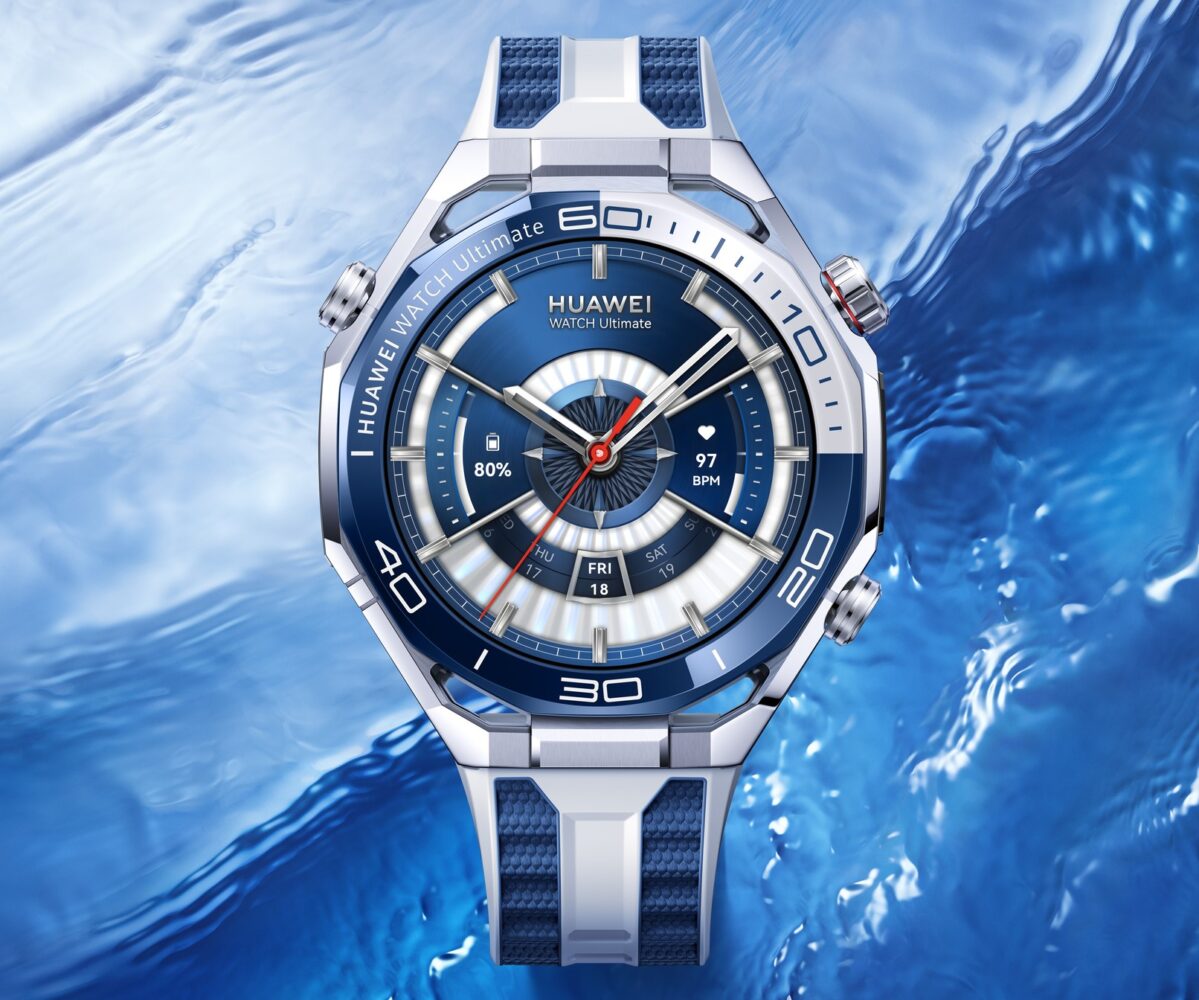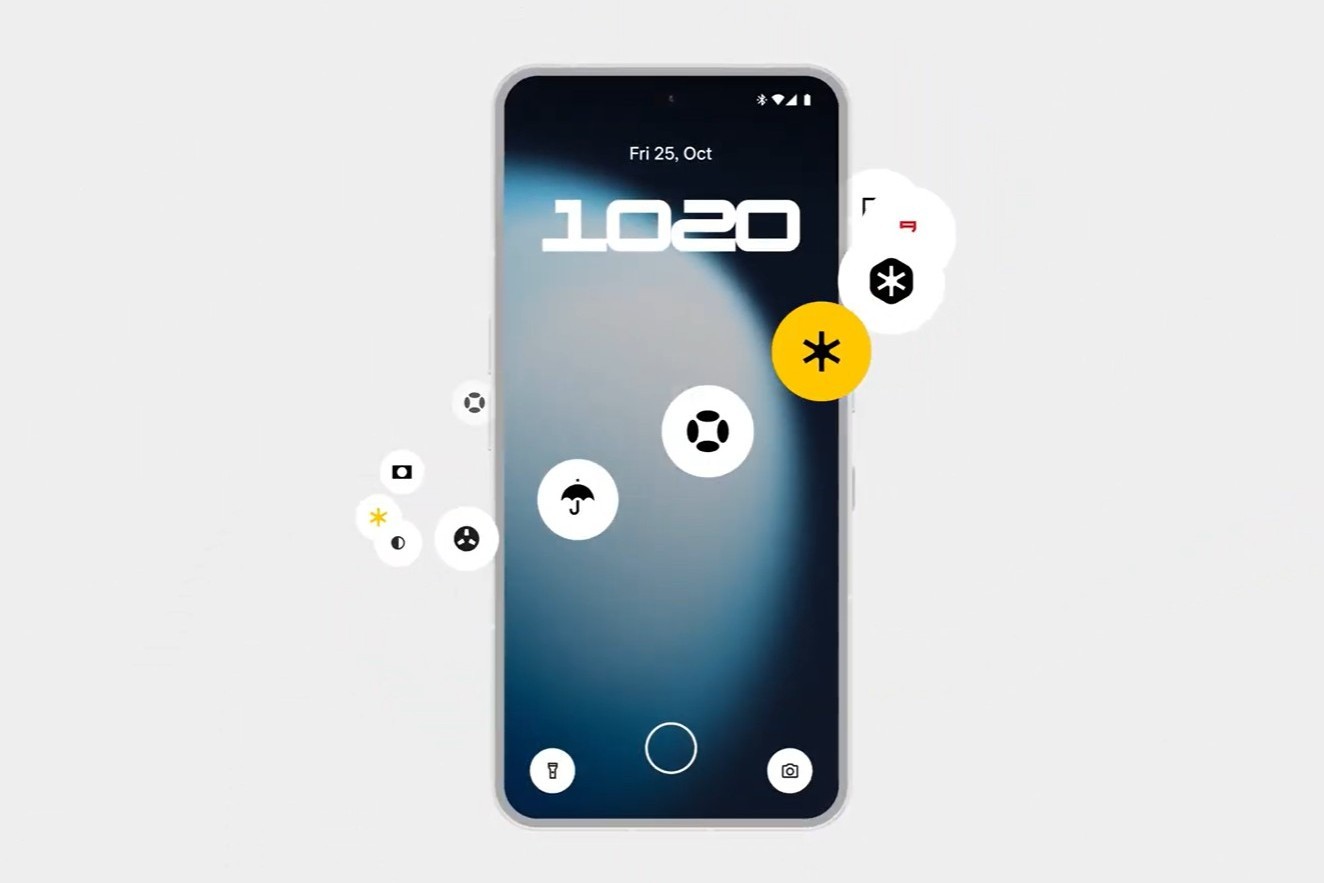The long-gestating live-action adaptation of The Legend of Zelda is moving steadily toward its planned 2027 theatrical release, marking a rare moment in which Nintendo and Sony Pictures are collaborating on one of gaming’s most recognizable properties. While the project remains early in production, enough pieces are in place to outline the film’s direction, its creative team, and the expectations surrounding a franchise that has carried cultural weight for nearly four decades.
The film casts Bo Bragason as Princess Zelda and Benjamin Evan Ainsworth as Link, two young actors whose previous credits include streaming dramas and genre series rather than blockbuster tentpoles. Their selection signals a choice to build the movie around performers not yet heavily associated with major franchises. Footage is still limited, though early costume images released through the Nintendo Today app show the pair on set in New Zealand, offering a basic sense of how the production is grounding its interpretation of Hyrule.
Behind the camera, the project is led by producer Shigeru Miyamoto, who has been directly involved in the franchise since its inception, and Avi Arad, known for years of comic-book and genre adaptations. Sony Pictures is handling distribution and co-financing, suggesting a conventional theatrical rollout instead of an experiment in alternative release models. Derek Connolly is scripting, while Wes Ball directs following his work on the Maze Runner series and Kingdom of the Planet of the Apes. Ball has spoken openly about wanting to make a Legend of Zelda film long before he was hired, though his early interest in a full performance-capture approach has since shifted toward something more traditionally live action.
Ball’s comments about seeking a grounded, somewhat whimsical tone position the film somewhere between fantasy adventure and character-driven quest narrative. He has also emphasized that he wants the film to feel substantial rather than stylized for its own sake, a notable stance given ongoing debates among fans about whether Zelda is better suited to animation. For decades, players have associated the games with bright aesthetics, eccentric enemy designs, and a world that often leans into surreal imagery. These elements raise legitimate questions about how live action can handle everything from towering monsters to more unusual creatures without tipping into unintended camp or unsettling realism.
Fan reaction remains mixed, with some expressing concern over the choice of live action and others questioning the selected creative team. Online debates have compared the potential film to a range of animation styles that might have more comfortably matched the series’ history, from hand-drawn fantasy to claymation. Critics have also noted that the franchise’s most ambitious games rely heavily on player-driven discovery, a quality difficult to translate into a fixed narrative. This is especially relevant when discussing Breath of the Wild and Tears of the Kingdom, whose systemic design and emergent gameplay do not naturally map to traditional screen storytelling.
An official synopsis outlines a familiar Zelda structure: Link, a young warrior, must defend Hyrule from Ganon, who seeks the Triforce. The description suggests a traditional quest film featuring dungeon exploration, creature encounters, and item-based progression—elements that could appeal to long-time fans if adapted with restraint. Still, the creative team faces the challenge of making these components accessible to viewers unfamiliar with the games while maintaining enough specificity to satisfy those who have followed the series for years.
Miyamoto has acknowledged the expectations and the difficulty of meeting them, noting that he and Arad have been discussing the project for a decade. With a May 7, 2027 release date set, the production has time to refine how it will translate one of video gaming’s most enduring worlds into a form that works for a broad audience. Until a trailer arrives, speculation is likely to continue, particularly around how the film balances fidelity, practicality, and the broader question of what a live-action Zelda should look like.






